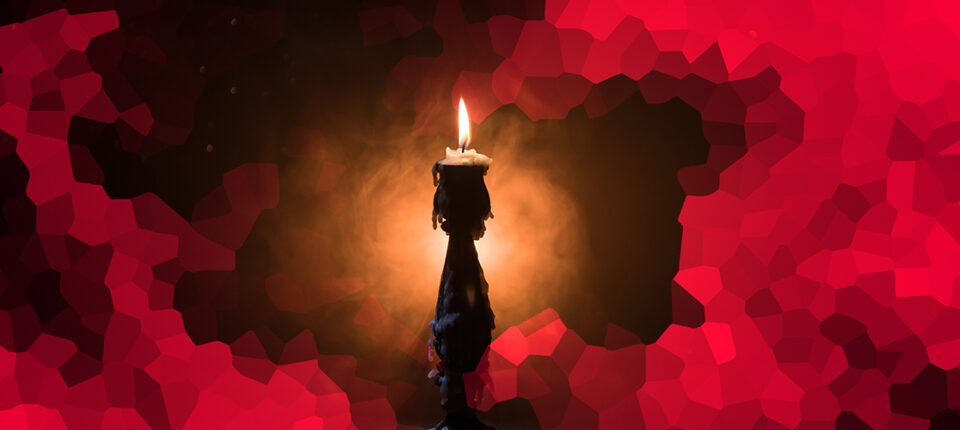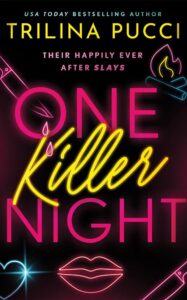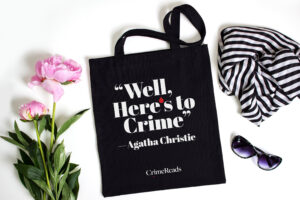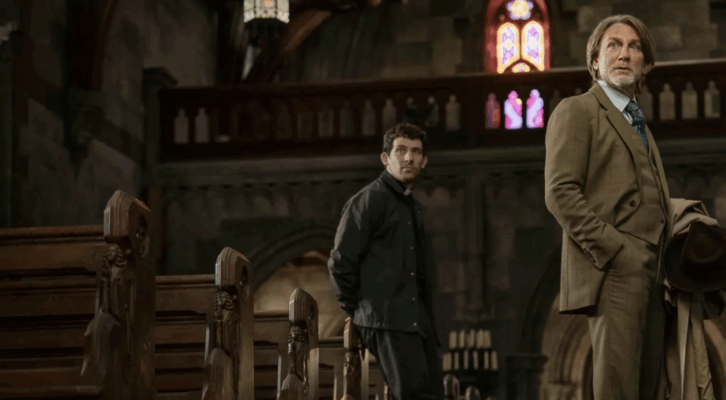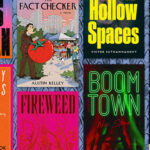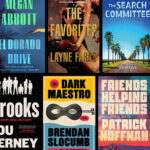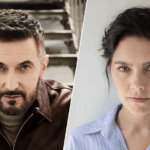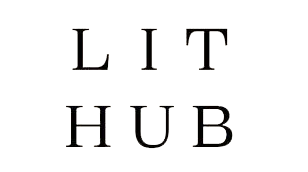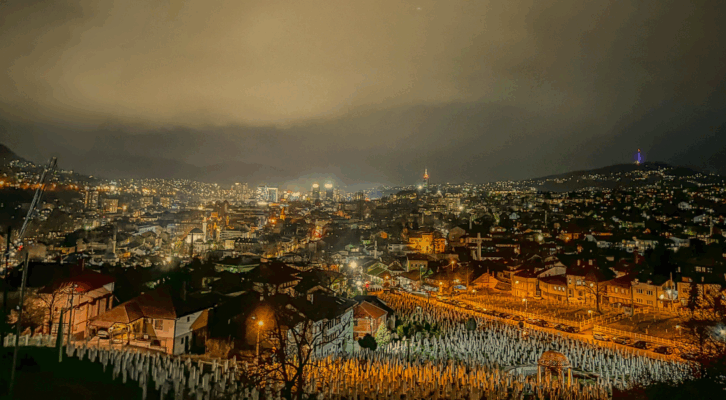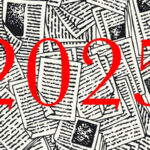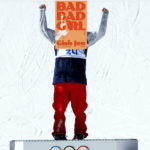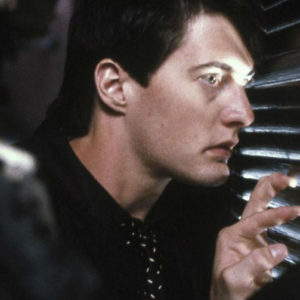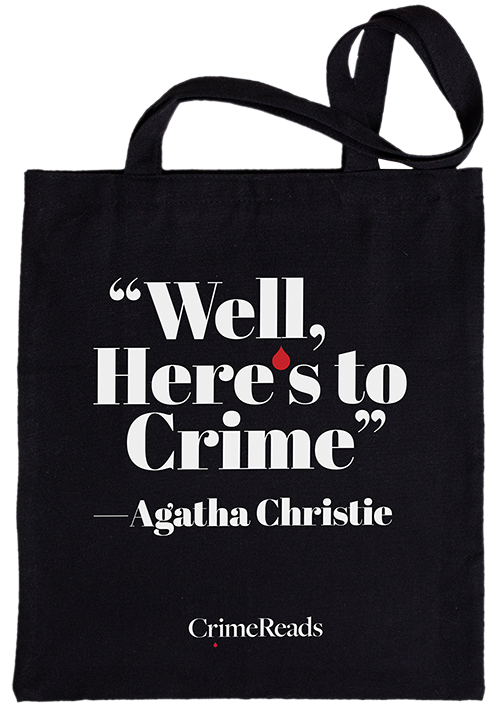When most readers think of a happily ever after they envision grandiose declarations of love paired with looks of longing between two characters. And when they think horror it’s all heart pounding, pulse racing, everything around you becomes a blur because it’s all about the jump scare.
On paper the two genres seem like unlikely bedfellows but in reality, fear and unease, comfort and safety it’s all intertwined. A symbiotic relationship that results in enigmatical stories that transcend into cult classics.
Consider movies like The Hand that Rocks the Cradle, or books like Butcher & Blackbird. This kind of fusion of love and fear ignites something primal inside us. It’s a deep human need for intimacy even when surrounded by terror. And that strange allure of danger is often used as a catalyst for passion.
In regular speech, fear’s sexy.
The figurative language used to describe situations in both genres is often the same as well. A heroine can be frozen in place whether it’s because she’s suddenly realized how she feels or there’s a dude with a machete ten feet away.
Take this example: Goosebumps break out on your skin and those little hairs in the back of your neck, they prickle, sending an almost chill through your body. Even your lips feel like the Sahara until you lick them. Maybe you even bite the bottom one as you blink a few quick times quickly. Add in the fact your heart’s pounding or your pulse is racing and you got what exactly?
Fear? Yeah. Attraction? Also yes.
Because the best part in all of the description is that the audience has been primed for the person in front of you to either be the man of your dreams that you’re about to admit to falling for or a masked man readied to take your life.
This is why they’re perfect bedfellows, two sides of the same coin, a mirror to one another. Horror and Romance live parallel lives.
Because make no mistake, the story that’s going to give you the most bang for your back will always be something that has both a hero and a villain. And there’s no better place for both to exist than in a horror novel.
The setting alone amplifies the intimacy between the characters allowing for love to move to raw emotion in a fast paced way, because there’s a ticking time bomb in the room called death.
All the while, the audience is kept on the edge of their seats, volleying between love and fear, left to devour the book and feel satisfied in the end. Take Twilight by Stephanie Meyers, the threat of danger was the backdrop to the love story putting it in the spotlight.
Nobody would’ve believed Edward Cullen was “the one” without looming threats and protections only he could provide. He’d just have been some super pale weirdo that stared at girls in a disconcerting way and never ate his lunch.
But when you crank up the volume of human emotion to its highest pitch with yearning, and attraction then add in some gut-clenching terror, the reader is swept into an emotional storm of that shared DNA between horror and romance.
It’s why micro tropes like “who touched you” and “that’s my wife” are so popular. A couple fighting to survive a haunted house, a vampire’s curse or a masked killer on the loose have to trust and depend on each other, often in a way everyday life rarely demands. Still, love can’t exist without existential threat so audiences eat it up, because in the end we all want to feel protected; as if we can surrender to something larger than ourselves.
Horror on its own can provide the satisfactory ending of survival but when romance enters the chat it allows readers to explore their deepest longings. Because it ensures connection and redemption. That duality not only satisfies with a happily-ever-after but is oftentimes transcends fiction allowing readers to apply lessons in a more realistic way to people’s lives because the results are harder won. Love wins out against all odds.
Historically romance in horror has been more of a side quest to the main story, like in movies such as I Know What You Did Last Summer.
That film in particular was something that I mused off to set the tone for One Killer Night.
The main plot is a bunch of entitled kids, living their best lives underage drinking and making out on the beach (Where are their parents?) until they get into some deadly high jinks that lead to them running from a slasher. And while the audience watches the moral dilemmas play out, there’s the subplot of Ryan Philippe and Sarah Michelle Geller embroiled in a second chance romance while their besties Jennifer Love Hewitt and Freddie Prince Jr. amp up the tension with a will they/won’t they storyline. So all the while as a watcher you’re screaming for them to run hoping it’s not just away but toward each other.
But like I said, emotional whiplash isn’t a thing in this genre, because chemically your body stays in the same state of unrest. Love is a Battlefield isn’t just a catchy song from the 80s. It’s the mantra for this genre of fiction.
In the past few decades there’s been an explosion on the scene and hunger for these types of books. From indie breakouts like Lights Out by Navessa Allen, or traditionally published works like S.T. Gibson’s A Dowry of Blood and Mexican Gothic by Silvia Moreno-Garcia. And that excitement isn’t fading.
Because what this genre is able to provide isn’t something they can get from other books.
Love makes fear not only bearable but meaningful. And fear makes love urgent, which cuts out all the worry. Horror raises the stakes while romance deepens the meaning. And together that creates a story that feels relatable even if it’s about vampires. Because in the end everyone wants their own happily-ever-after and this genre lets readers believe it’s possible against all odds.
***

